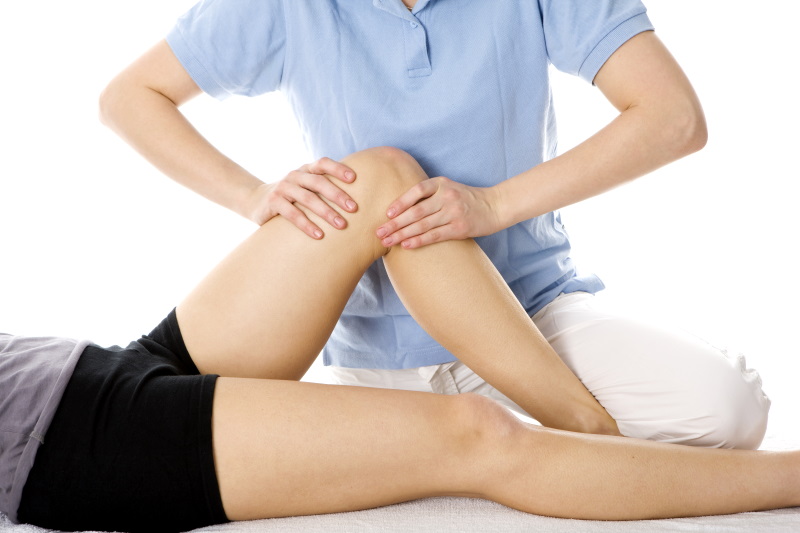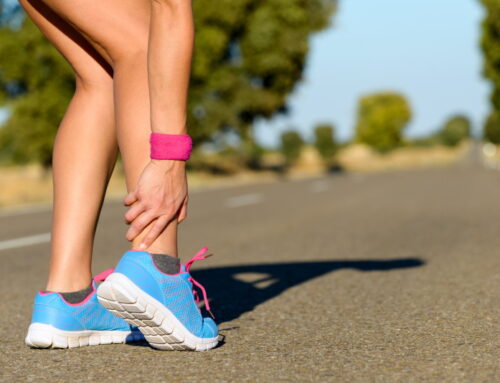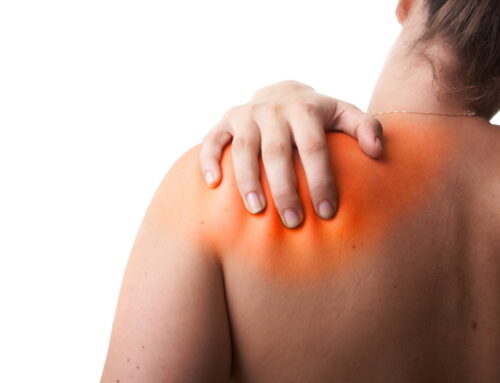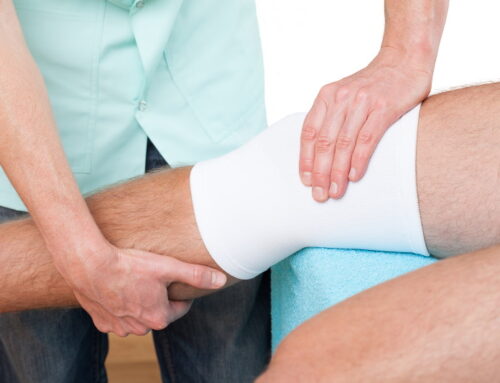The labrum is a ridge of cartilage that runs all the way around the rim of your hip joint socket, where the hip slots into it. This cartilage seals the joint and makes a deep pocket for the hip, so the hip joint is stable and protected.
If the labrum, or the hip labral as it’s known, gets injured, it can cause a variety of symptoms ranging from clicking and catching to a feeling of the hip ‘locking up’. It can also cause pain around the area, either in the front or side of the hip, or in the groin.
Hip Labral Injury
The labrum can tear for several reasons- a fall or sporting injury may force the hip into an extreme positon and tear the labrum. Athletes often get this kind of injury, but sometimes it can happen for no discernable reason.
Repetitive trauma can also be a source of trouble – any movement or sport that requires a repetitive hip motion, such as long distance running or the hip rotation required to swing of a golf club, can damage the hip labral too, or there may be an underlying bio-mechanical issue that contributes.
How do I know I have a labral tear?
The first thing you’ll notice is that your hip is clicking or catching inn its socket; or that the hip is locking up. Often pain in the groin area is a sign of a hip labral tear- many patients with a labral tear think they have groin strain.
Pain can sometimes be felt deep in the buttock, or around the hip area itself. Once the correct diagnosis has been made (usually with the help of an MRI) there are options for non-surgical treatment, known as conservative treatments, at Portobello Physiotherapy Clinic.
Conservative Physiotherapy Treatment for Hip Labral Injury
Ideally, patients would like to heal their pain and injury without surgery using a series of conservative treatments. Even those who do opt for surgery will still have to undertake a course of physiotherapy treatments to strengthen and improve the hip function.
Physiotherapy treatments are tailored to the individual needs of each client, taking into consideration their pain level; range of motion; weight and fitness level and sporting goals.
At Portobello Physiotherapy clinic we will look to address any biomechanical causes or soft tissue restrictions that are contributing to your hip labral pain.
Treatment options include:
- Trigger point Massage technique
- Deep tissue massage
- Dry Needling
- Flexibility and strengthening exercises
- Orthotics if necessary
- clinical Pilates
- Heat and cold therapies
If a patient is overweight, the strain on the hip joint is worsened, so your physiotherapist will discuss methods of weight loss without hurting your hip further.
The goal is to be able to return to normal activities and a light exercise program safely and gradually, without doing further damage. For this reason many of the treatments will be progressive, building in intensity as your hip gets stronger. Once pain and inflammation have subsided, flexibility and strengthening exercise are stepped up.
Your physiotherapist may recommend hydrotherapy or light cycling to help condition the muscles without putting a lot of strain on the hip. The goal will be to increase mobility and functional strength and to eliminate pain and at Portobello Physiotherapy Clinic we will design a protocol specifically for you. Our goal is not just to return you the full fitness but to also address any biomechanical faults contributing to your pain and reduce the risk of injury re-occurring.
For more information call Portobello Physiotherapy Clinic on 01 476 3330.







